The Ministry of Environment would launch satellites in collaboration with the Taiwan Space Agency (TASA) to pinpoint the source and cause of air pollution, Minister of Environment Peng Chi-ming (彭啟明) said.
Authorities can capture real-time data on the ground-level air quality by using 78 monitoring stations nationwide, but they still lack understanding of vertical pollutant distribution in the atmosphere, he said last week.
Environmental monitoring satellites can help assess air quality and detail the distribution of air pollutants, he said.
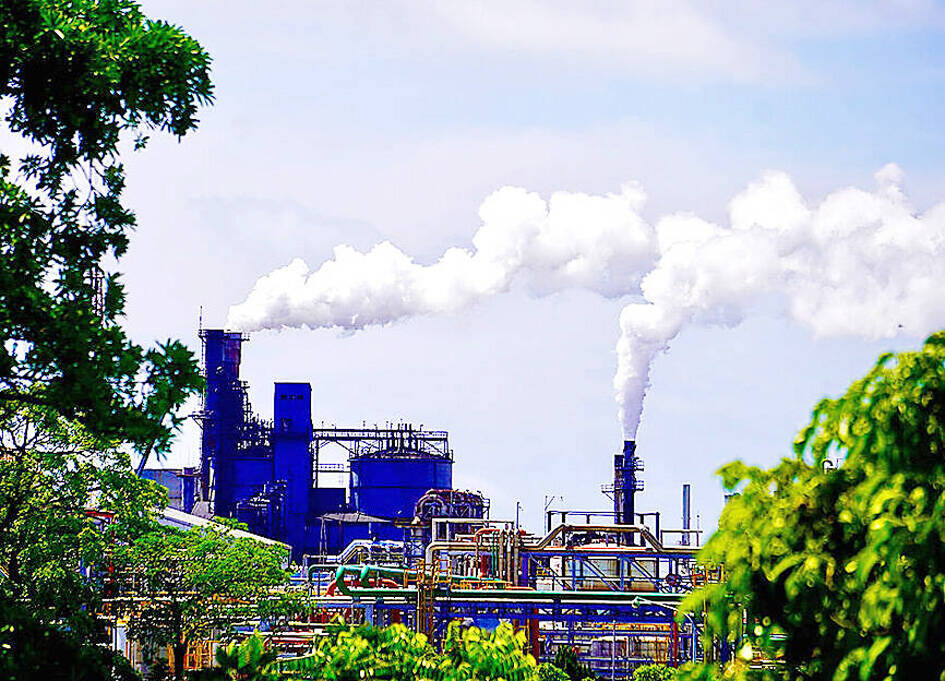
Photo: CNA
They can also aid carbon reduction efforts by identifying greenhouse gas emission hot spots more accurately than current technologies, he said.
The ministry has proposed a program to integrate satellites and next-generation assessment plans for atmosphere and greenhouse gas monitoring.
Under the program, TASA would develop and launch satellites to observe the distribution of greenhouse gases and air pollution on Earth. The ministry would set up three to four next-generation air quality monitoring stations to obtain real-time analysis of the chemical composition and physical properties of ultrafine suspended particles (PM1).
Analysis results would be combined with data from the Ministry of Health and Welfare to help public health experts with their research, enhance air quality forecast mechanisms and reduce air pollution-related health risks.
The program is projected to run for six years from next year to 2031 with a budget of about NT$6.1 billion (US$186.15 million).
It has been sent to the Executive Yuan for review.
Air pollution and global warming share some emission sources, and ozone and black carbon are critical, the ministry’s Department of Monitoring and Information said.
Currently, the monitoring of greenhouse gases in Taiwan relies on satellite data from the US and South Korea, which are not detailed enough to distinguish between transboundary pollutants and local sources of emissions, it said.
Taiwan’s domestically developed satellites can provide more accurate data, it added.
The ministry has commissioned TASA to develop environmental monitoring satellites equipped with multispectral or hyperspectral instruments which can yield a broad variety of substances, such as PM2.5, carbon dioxide or methane, via optical sensing.
TASA aims to launch the first satellite within three years, with a total of four satellites expected to be manufactured under the program, agency Director-General Wu Jong-shinn (吳宗信) said.
However, low Earth orbit satellites circle the Earth 14 to 15 times per day, a source from TASA said, adding that geosynchronous satellites must conduct monitoring 24/7.
Geosynchronous satellites would remain fixed in the sky if viewed from the Earth, they said.
Such satellites are expected to be developed with an expanded monitoring range to cover all East Asia to better understand how carbon emissions and air pollution in nearby countries such as China would affect Taiwan, Peng said.
Peng said he expects the nation’s environmental monitoring satellites to become the most advanced in Asia.
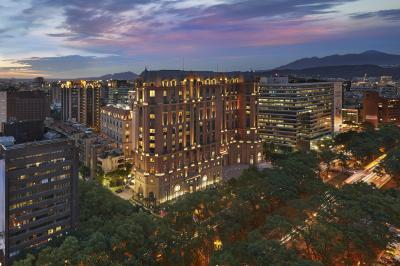
The first global hotel Keys Selection by the Michelin Guide includes four hotels in Taiwan, Michelin announced yesterday. All four received the “Michelin One Key,” indicating guests are to experience a “very special stay” at any of the locations as the establishments are “a true gem with personality. Service always goes the extra mile, and the hotel provides much more than others in its price range.” Of the four hotels, three are located in Taipei and one in Taichung. In Taipei, the One Key accolades were awarded to the Capella Taipei, Kimpton Da An Taipei and Mandarin Oriental Taipei. Capella Taipei was described by
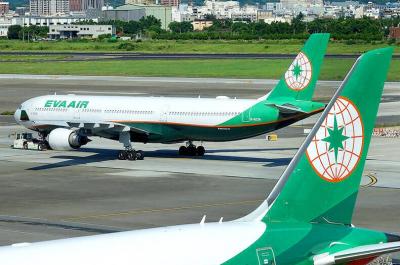
EVA Airways today confirmed the death of a flight attendant on Saturday upon their return to Taiwan and said an internal investigation has been launched, as criticism mounted over a social media post accusing the airline of failing to offer sufficient employee protections. According to the post, the flight attendant complained of feeling sick on board a flight, but was unable to take sick leave or access medical care. The crew member allegedly did not receive assistance from the chief purser, who failed to heed their requests for medical attention or call an ambulance once the flight landed, the post said. As sick
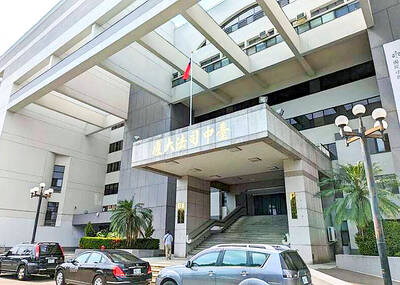
The Taichung District Court yesterday confirmed its final ruling that the marriage between teenage heir Lai (賴) and a man surnamed Hsia (夏) was legally invalid, preventing Hsia from inheriting Lai’s NT$500 million (US$16.37 million) estate. The court confirmed that Hsia chose not to appeal the civil judgement after the court handed down its ruling in June, making the decision final. In the June ruling, the court said that Lai, 18, and Hsia, 26, showed “no mutual admiration before the marriage” and that their interactions were “distant and unfamiliar.” The judge concluded that the couple lacked the “true intention of
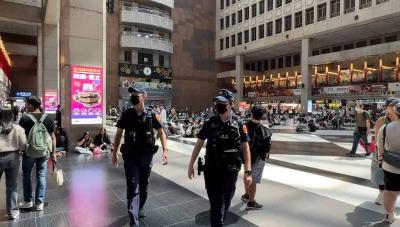
A drunk woman was sexually assaulted inside a crowded concourse of Taipei Railway Station on Thursday last week before a foreign tourist notified police, leading to calls for better education on bystander intervention and review of security infrastructure. The man, surnamed Chiu (邱), was taken into custody on charges of sexual assault, taking advantage of the woman’s condition and public indecency. Police discovered that Chiu was a fugitive with prior convictions for vehicle theft. He has been taken into custody and is to complete his unserved six-month sentence, police said. On Thursday last week, Chiu was seen wearing a white